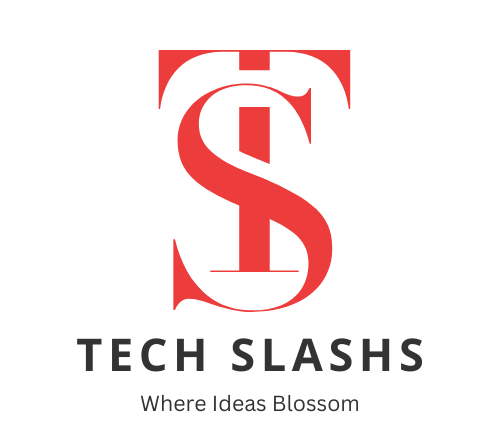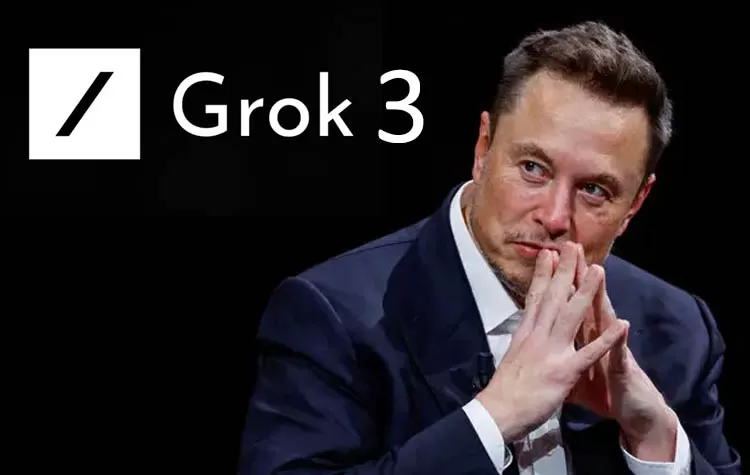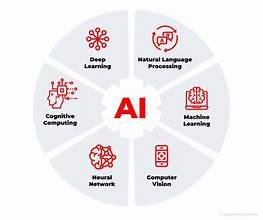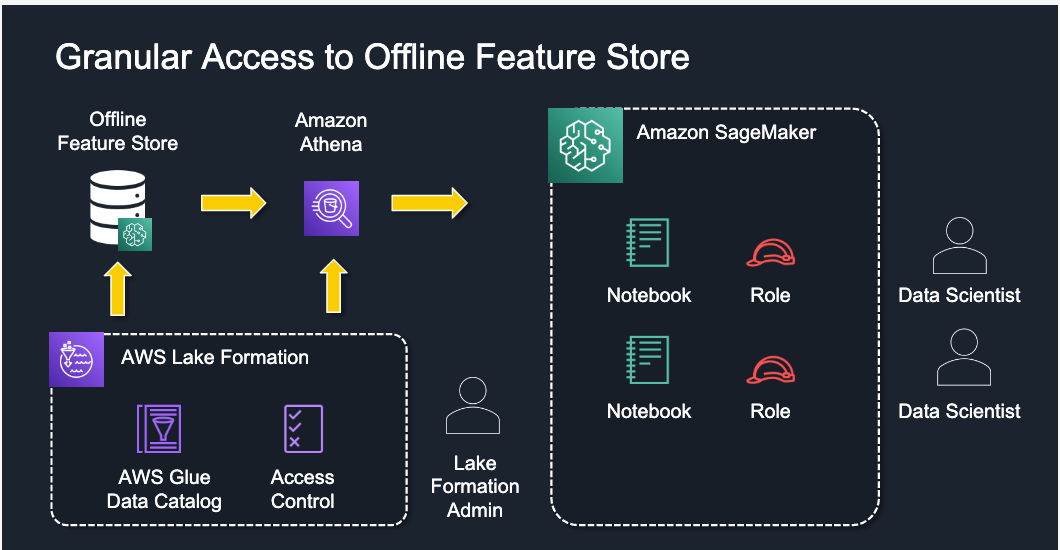Grok 3 vs O3: In the fast-evolving world of artificial intelligence and large language models (LLMs), staying updated on the latest advancements is crucial. Two significant players in the field right now are Grok 3—developed by xAI, Elon Musk’s AI venture—and O3, the latest iteration from OpenAI’s GPT-4 lineage. With both pushing the envelope in generative AI, many developers and businesses are asking:
Table of Contents
Grok 3 vs O3: which one should you use right now?
This article offers an in-depth comparison of both models, including performance, features, integration, and ecosystem support—especially focusing on the Grok 3 API and the O3 API. By the end, you’ll be equipped to make a well-informed decision for your next AI-powered project.
Overview: What Are Grok 3 and O3?
Grok 3
Grok 3 is the latest model from xAI and is integrated tightly into the X (formerly Twitter) platform. It boasts impressive capabilities in understanding and generating natural language and code. Grok 3 is a step up from its predecessors, offering real-time internet access (where supported), sarcastic wit, and a contextual understanding of current events.
The Grok 3 API allows developers to plug into this advanced model and use its conversational and analytical capabilities in a variety of applications, (Grok 3 vs O3) from customer support bots to creative writing tools.
O3
O3 is the codename for OpenAI’s most recent model, understood to be a blend of GPT-4-turbo and newer optimizations. It’s part of the ChatGPT ecosystem and powers premium ChatGPT plans as well as the ChatGPT API.
The O3 API is available through OpenAI’s developer platform and offers multi-modal capabilities, meaning it can process and generate text, images, and potentially even video in future updates. (Grok 3 vs O3) It also features memory, tool use, and agent-like behavior for deeper contextual understanding.
Performance Comparison
When it comes to raw performance, both Grok 3 and O3 deliver exceptional results. However, there are nuanced differences worth noting.
Grok 3 Strengths
- Real-time web access (limited to X): Grok 3 can pull in real-time information directly from X, giving it an edge in social media trends and recent events.
- Conversational tone: Known for a snarky, human-like persona, Grok 3 excels in creating engaging, witty responses.
- Coding ability: Early benchmarks show Grok 3 performing competitively on programming tasks.
The Grok 3 API extends these strengths into applications that need timely and socially aware responses, like influencer platforms, real-time commentary tools, and community moderation systems.
O3 Strengths
- Multimodal capabilities: O3 supports both text and image inputs, making it ideal for vision-language tasks.
- Tool usage and memory: With the ability to remember previous interactions and call tools (like code interpreters or web browsers), O3 behaves more like an assistant than a chatbot.
- Stability and maturity: Built on the well-established GPT framework, O3 is known for high reliability and scalability.
The O3 API is particularly suitable for enterprise solutions, data analytics, and agentic workflows requiring sustained reasoning across sessions.
Ecosystem and Developer Support (Grok 3 vs O3)
Grok 3 API Ecosystem
The Grok 3 API is relatively new and still maturing. Currently, it is most effective within the X ecosystem, where it has native support and can draw data contextually from user activity on the platform. While xAI plans to expand access, developer tooling and SDKs are still catching up compared to OpenAI’s offerings.
Pros:
- Ideal for applications leveraging X/Twitter data.
- High contextual relevance in current trends.
- Fun, edgy tone suitable for entertainment and social engagement apps.
Cons:
- Limited general availability.
- Early-stage ecosystem and documentation.
O3 API Ecosystem
OpenAI has cultivated a robust developer community over the years. The O3 API fits neatly into this ecosystem, offering compatibility with a wide range of platforms and languages. It integrates seamlessly with OpenAI’s other tools, such as Whisper for transcription and DALL·E for image generation.
Pros:
- Strong documentation and SDK support.
- Advanced features like fine-tuning, memory, and function calling.
- Multimodal support out of the box.
Cons:
- Potential cost concerns for high-scale use.
- May be overkill for lightweight or humor-driven applications.
Use Cases: When to Choose Each
Use Grok 3 API If:
- Your application revolves around social media content or commentary.
- You need a model with real-time awareness of current events on X.
- You want a model with personality and wit.
Great examples include:
- Meme generators
- Live sports commentary bots
- Influencer analysis tools
Use O3 API If:
- You’re building a multimodal assistant that handles images and text.
- You need tool integration and memory for complex tasks.
- You require robust support and fine-tuning capabilities.
Best suited for:
- Enterprise-grade customer service solutions
- Educational tutoring systems
- Automated research agents
Pricing and Accessibility
As of now, pricing structures vary significantly:
- Grok 3 API access is still limited, often tied to premium X subscriptions, and broader API access may be gated.
- O3 API, on the other hand, is available via OpenAI’s paid tiers with transparent, usage-based pricing models.
For most developers, the O3 API offers more predictable cost scaling and better availability, while the Grok 3 API might provide unique value if you’re operating within the X ecosystem.
Future Outlook
Both Grok 3 and O3 are moving fast. Grok 3’s edge lies in its potential integration with Tesla, X, and Neuralink, promising a future of AI that’s deeply embedded in real-world applications. Meanwhile, O3 continues OpenAI’s mission to build general-purpose AI agents, with a strong focus on alignment, tool use, and user safety.
As of now, the Grok 3 API is still finding its place in the broader developer world, while the O3 API leads in maturity, ecosystem depth, and versatility.
Conclusion: Grok 3 vs O3 – What’s Best for You?
When it comes to Grok 3 vs O3, there’s no one-size-fits-all answer. It depends on your needs:
- Choose Grok 3 API if you’re creating socially aware, trend-savvy applications that thrive on personality.
- Choose O3 API if you need stability, multi-modal understanding, or deep tool integration in your application.
For most general-purpose and enterprise-level applications, the O3 API is the better choice right now due to its accessibility, features, and developer support. However, if you’re building within the X ecosystem or want an AI with flair and attitude, the Grok 3 API is worth exploring.
Both are shaping the future of AI—and depending on your goals, each offers unique value.





